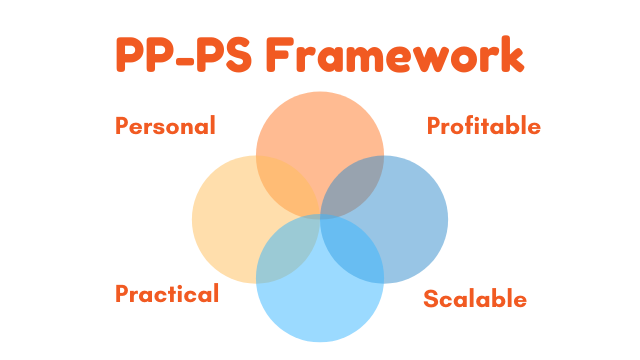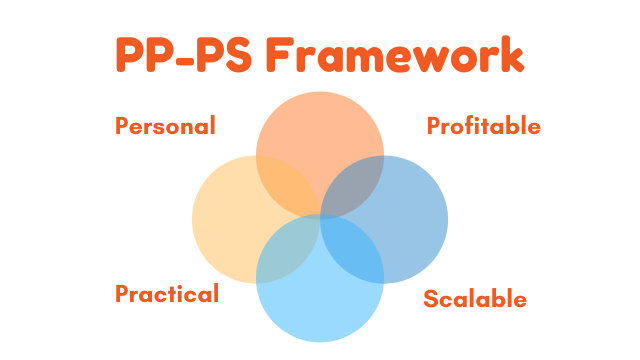We previously discussed the three key product categories of LangTech (Human-Powered Instruction, Machine-Powered Instruction, and Mixed Instruction). We most recently explored the 5 fundamental enabling technologies that are shaping the future of online language education.
We would now like to turn this theory into something practical, and help answer the following question: What makes a LangTech product (or service, or feature) successful?
Let’s begin by addressing the problem of defining “success.” Of course, there is no single definition of success because everyone might define this term differently; what is successful for one learner or for one company might be seen as sub-standard for another. In addition, when we talk about success in LangTech, are we referring to pedagogical or to commercial success?
We have identified two common issues that generally prevent LangTech teams or founders from finding an objective perspective and creating a product that is adequately balanced for “success” in both learning and business. These issues can (and oftentimes do) ultimately kill a product. These are (a) founder bias and (b) friction between learning and business teams.
a. Founder bias
Anyone who has been in LangTech for a number of years is all too familiar with the following scenario: a new language learning product is created, it claims to be the holy grail of language learning due to x or y methodology/technology and after a few months it shows significant weaknesses either pedagogically or commercially.
The truth is, it doesn’t really matter how good your language learning product is: no single methodology, strategy or technology can be the holy grail of language learning (or learning in general), due to two interrelated facts:
- Neurodiversity exists; and,
- Consequently, learner variability exists.
In a nutshell (since these concepts merit, at the very least, an independent article), neurodiversity refers to the infinite variation of human brains and minds. Just like each individual is unique, so are our brains. Inevitably, each individual will therefore bring an infinite variety of learner profiles into the classroom; a concept we refer to as “learner variability.”
Founders and Product Managers tend to be biased towards their own experiences as learners. This is not a criticism, it is an observation of a natural way of thinking: if it worked for me, why wouldn’t it work for everyone else?
b. Friction between learning and business teams
Another issue we have often seen in LangTech product development is that there seems to be a disconnect between people with a background in the learning sciences and people with a background in business or entrepreneurship. The former is generally more product-oriented: they tend to want to develop a product that is well-rounded and effective from a learning perspective. This can lead to a product or service that gets full marks for pedagogy but is unviable for cost or market reasons.
On the flip side, more business-oriented entrepreneurs tend to prioritize cost-cutting, scalability and profitability. These attributes are valid and important in LangTech but not when they erode the student learning experience to the point that the product does not work. It is also very common in LangTech to observe “solution-focused” entrepreneurs trying to solve problems that most teachers and students don’t have, or otherwise trying to solve problems that are not enough of a pain that they will pay enough money for their solution (if at all).
This friction between learning effectiveness and commercial viability will always exist in LangTech (even not-for-profit organizations and products need to have a business model these days). Instead of fighting or trying to remove this friction, what LangTech leaders need to do is embrace its existence and try to optimize your product for both.
So how do you overcome these two challenges?
When we look at a LangTech product, we personally try to maintain a balanced view by using a four-part framework which we call Personal & Practical - Profitable & Scalable, or the PP-PS Framework.
The framework considers a LangTech product, feature or service is successful when it is optimized for learning effectiveness, which we define as making learning personal and practical, and for commercial viability, which we define as making an endeavour profitable and scalable. We will dig deeper into these two concepts as well as their choice for the framework in the next two articles.
The purpose of the PP-PS framework is twofold:
- To avoid relying too heavily on your own vision and on confirmation bias; and
- To help find the right balance between sales and product development, and/or identify in which area your product is lagging behind.
In the follow on article, we will explore the PP-PS framework in detail, including how we use metrics and rubrics to assess just how successful a LangTech endeavour is, and how its success can be increased.


